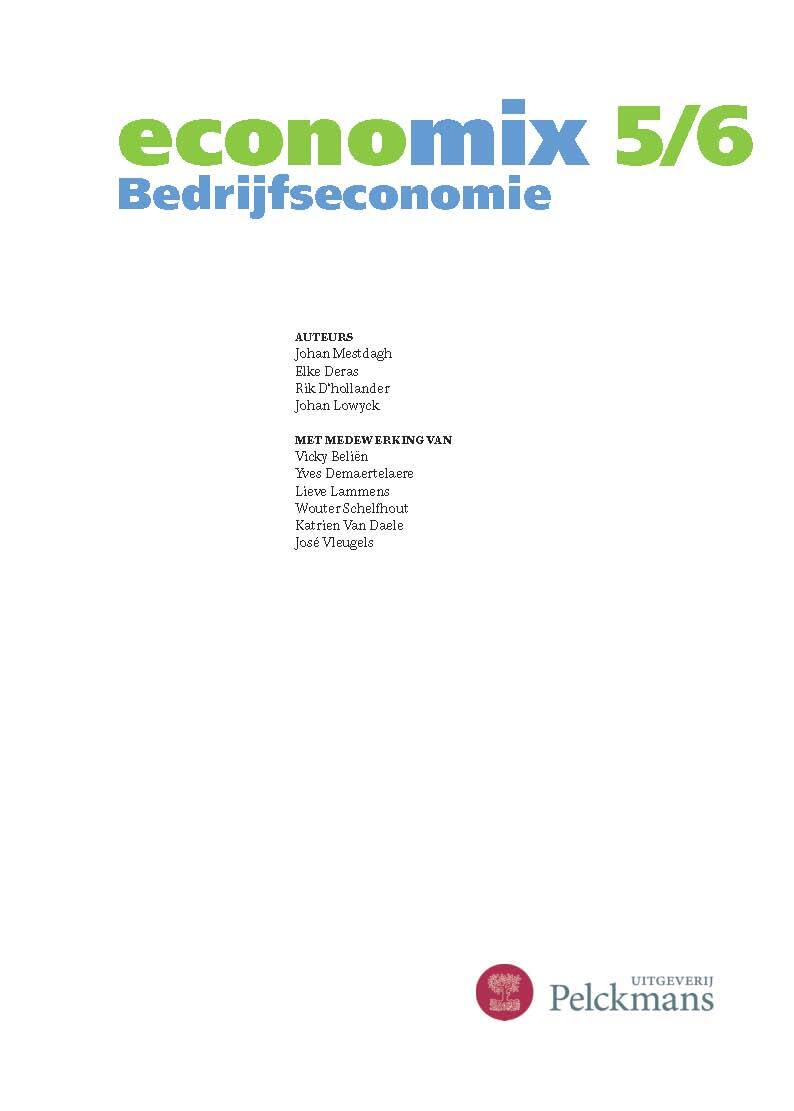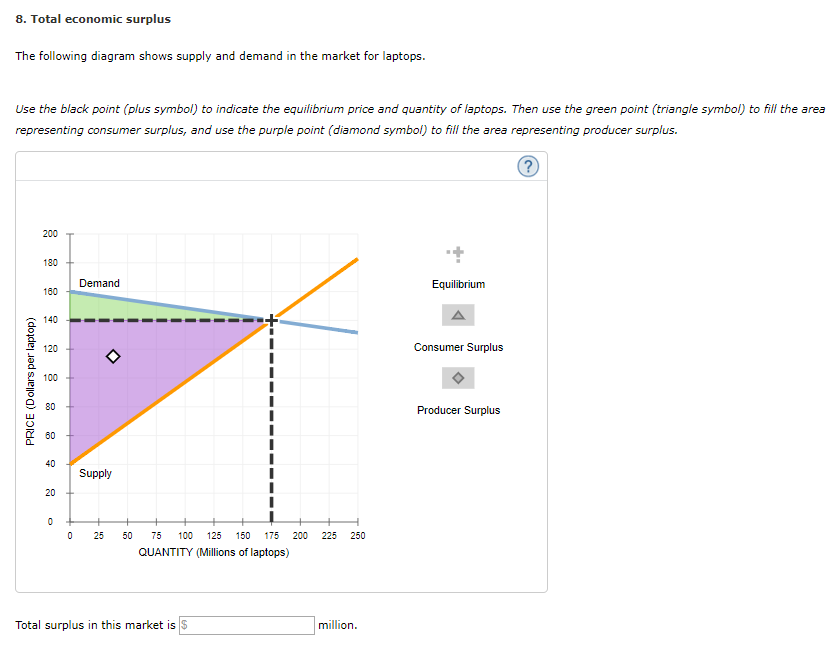

In 1957, in the Political Economy of Growth, Paul Baran made a seminal contribution to our understanding of the connection between economic surplus, a concept he introduced into the development discussion, and growth. The effective utilization of surplus implies a reasonable rate of capital accumulation and economic development. Given that the ruling class controls the surplus of society, how the surplus is used-whether it is invested, consumed, or simply wasted-is at its discretion. Most discussions on development boil down to the nature and characteristics of the ruling class.

His most recent book is From Commune to Capitalism: How China’s Peasants Lost Collective Farming and Gained Urban Poverty (Monthly Review Press, 2018).Įconomic growth has arguably been the first and foremost issue of capitalist development from classical political economy to more recent economic studies. In addition, at the efficient level of output, it is impossible to produce greater consumer surplus without reducing producer surplus, and it is impossible to produce greater producer surplus without reducing consumer surplus.Zhun Xu is an economics professor at Howard University in Washington, D.C.

This demonstrates the economic efficiency of the market equilibrium. Social surplus is larger at equilibrium quantity and price than it would be at any other quantity. In this figure, social surplus would be shown as the area F + G.

The sum of consumer surplus and producer surplus is social surplus, also referred to as economic surplus or total surplus. In this figure, producer surplus is the area labeled G-that is, the area between the market price and the segment of the supply curve below the equilibrium. The amount that a seller is paid for a good minus the seller’s actual cost is called producer surplus. Those producers who would have been willing to supply the tablets at $45, but who were instead able to charge the equilibrium price of $80, clearly received an extra benefit beyond what they required to supply the product. For example, point K in this figure illustrates that, at $45, firms would still have been willing to supply a quantity of 14 million. The supply curve shows the quantity that firms are willing to supply at each price. For example, point K on the supply curve shows that at a price of $45, firms would have been willing to supply a quantity of 14 million. The somewhat triangular area labeled by G shows the area of producer surplus, which shows that the equilibrium price received in the market was more than what many of the producers were willing to accept for their products. Point J on the demand curve shows that, even at the price of $90, consumers would have been willing to purchase a quantity of 20 million. The somewhat triangular area labeled by F shows the area of consumer surplus, which shows that the equilibrium price in the market was less than what many of the consumers were willing to pay. Consumer surplus is the area labeled F-that is, the area above the market price and below the demand curve. The amount that individuals would have been willing to pay, minus the amount that they actually paid, is called consumer surplus. Remember, the demand curve traces consumers’ willingness to pay for different quantities. Those consumers who would have been willing to pay $90 for a tablet based on the utility they expect to receive from it, but who were able to pay the equilibrium price of $80, clearly received a benefit beyond what they had to pay for. This portion of the demand curve shows that at least some demanders would have been willing to pay more than $80 for a tablet.įor example, point J shows that if the price was $90, 20 million tablets would be sold. To see the benefits to consumers, look at the segment of the demand curve above the equilibrium point and to the left. The equilibrium price is $80 and the equilibrium quantity is 28 million. Demand and Supply As a Social Adjustment MechanismĬonsumer Surplus, Producer Surplus, Social SurplusĬonsider a market for tablet computers, as shown in this figure.Inefficiency of Price Floors and Price Ceilings.Consumer Surplus, Producer Surplus, Social Surplus.The Interconnections and Speed of Adjustment in Real Markets.Changes in Equilibrium Price and Quantity: The Four-Step Process.Shifts in Demand and Supply For Goods and Services.Equilibrium-Where Demand and Supply Intersect.


 0 kommentar(er)
0 kommentar(er)
